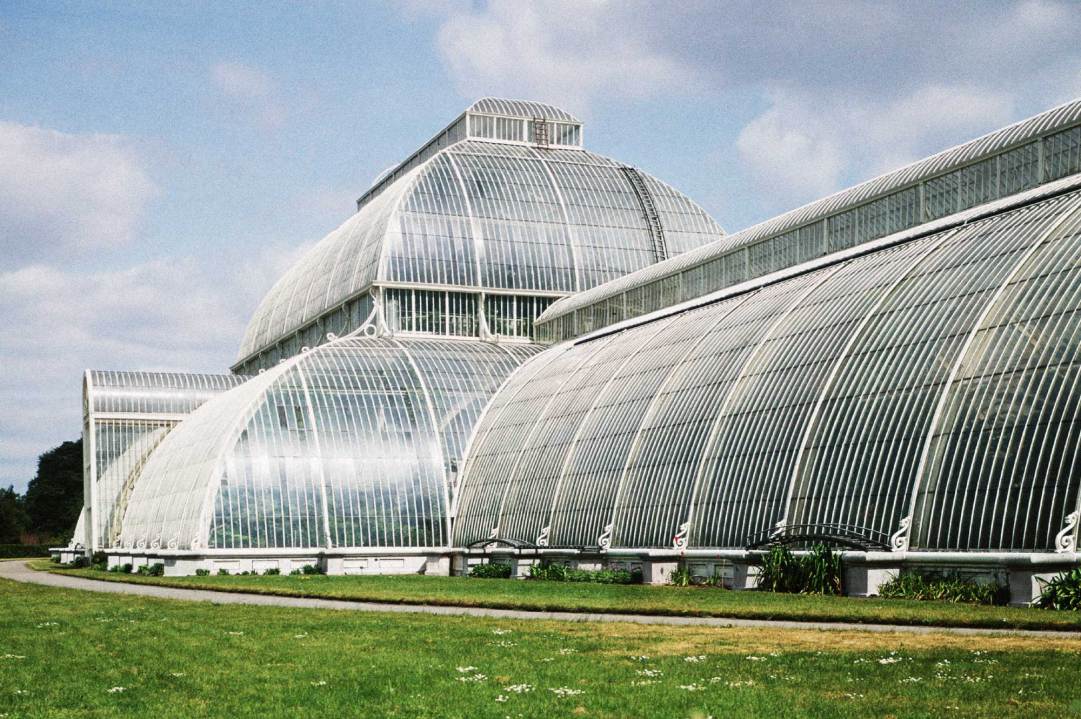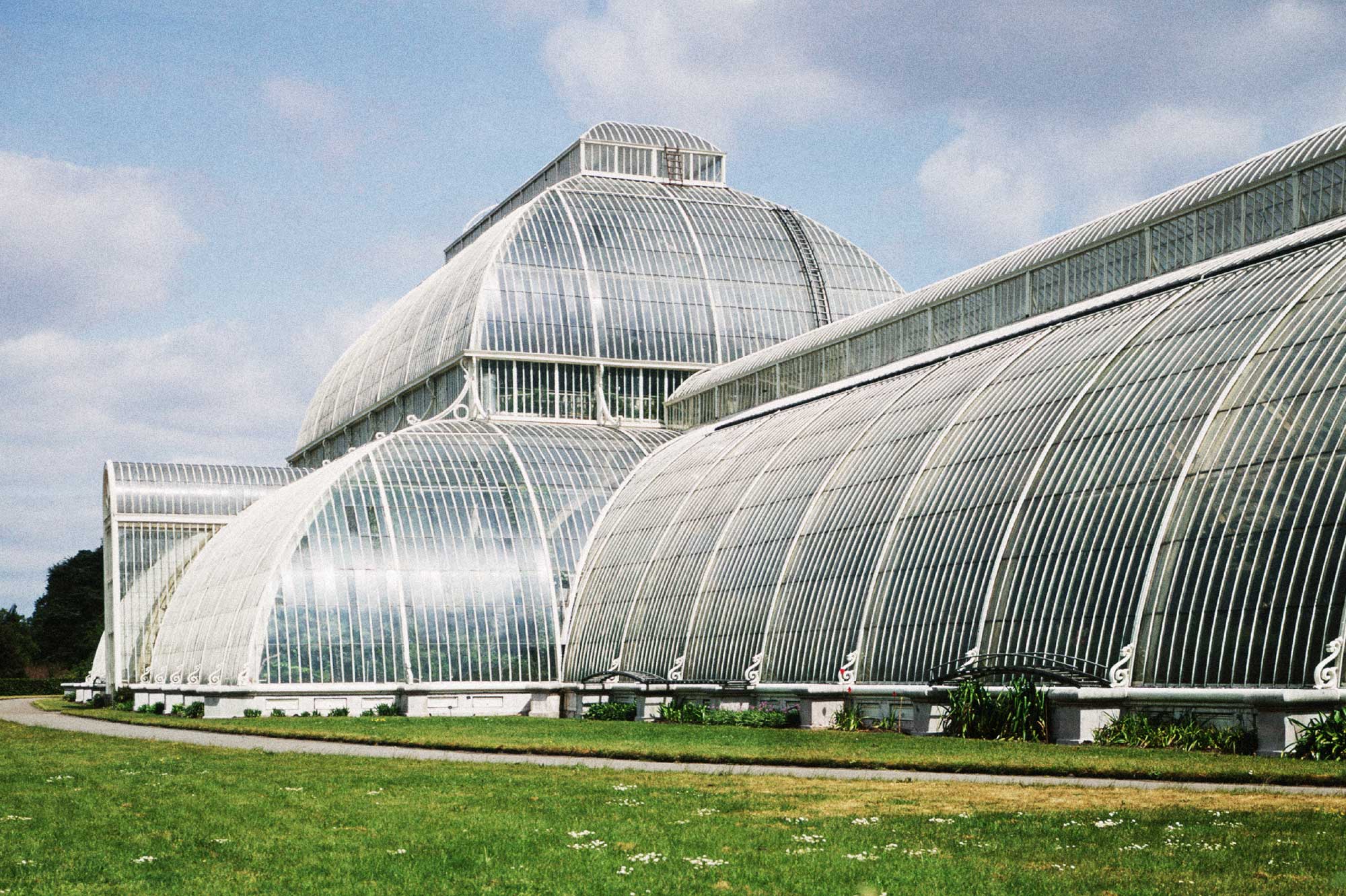
The news that the Palm House at the Royal Botanic Gardens, Kew, will begin a £60 million, five-year renovation in 2027 brought back to me a slew of memories from 1978, when I worked there for several months. The extraordinary fame and innovative nature of this unique Victorian building, with its curvilinear, cruciform shape, designed by Decimus Burton and constructed by Richard Turner, seemed to confer a kind of grandeur and significance on an otherwise pretty lowly and scruffy horticultural student.
The special treat was the periodic ‘weekend duty’ when, after turning the enormous iron key in the door at eight o’clock on a weekend morning, for two blissful hours I had the entire building to myself, before the visitors began to wander in. Alone, that is, apart from the sparrows chattering high up in the palms and the menacing cockroaches that lived underneath the floor and came up through the vents to get at the bananas before we could.
The temperature in the Palm House is kept at 21°C all year round, and my first task was to increase humidity by damping down the floors and spraying the leaves of tall palms, creating my own personal tropical rainstorm with a heavy-duty hosepipe. I wore the black leather clogs, with metal rails nailed to the wooden soles, that I had been issued on my first day at Kew, since they were much more comfortable and less slippery than wellington boots. The rest of the day was spent sweeping paths, ‘picking over’ dead leaves and watering pots on the staging – dull work enlivened by the presence of 1,000 plant species, from cocoa and rubber to jade vine and Madagascar periwinkle. The unpronounceable Latin name on the label protected the coca plants from theft.
My only anxiety was that my inexpert watering might see off the oldest plant at Kew, an enormous cycad, Encephalartos altensteinii, from the Eastern Cape that had been collected in 1775 and lived in a crate in the Palm House since its opening. Every time I visit the Palm House, I give its leaning trunk an affectionate pat.
One of the aims of the renovation is to change the heating system from gas boilers to air and water source pumps, in a drive to achieve carbon neutrality. That’s a far cry from the original 12 coal-fired boilers, situated deep below the house, the smoke from which emerged from the Italian Romanesque campanile near the Victoria Gate.
During the second world war, Kew’s position close to the River Thames – a landmark used by Luftwaffe bombers to navigate on moonlit nights – resulted, on more than one occasion, in high explosive bombs falling on the gardens. One night, many of the panes in the Palm House were blown out, and the nearby Waterlily House (which is also to be renovated) was badly damaged. It must have been the devil’s own job in wartime to source replacement curved panes of glass. Eighty years later, the 16,500 panes will be made of ‘high-performance sealed glazing’ to help confound the contemporary enemy, global warming. Things felt rather simpler in 1978.








Comments